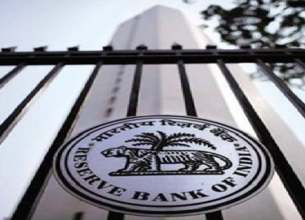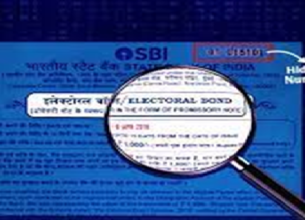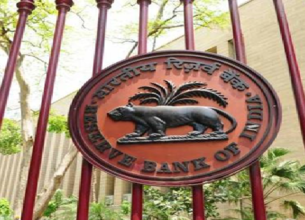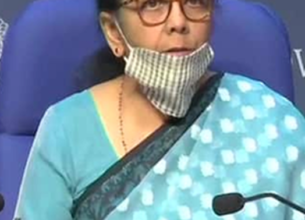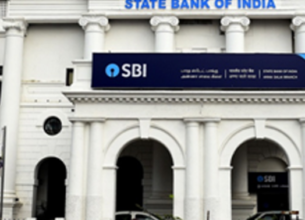RBI ANNOUNCES SECOND SET OF LIQUIDITY MEASURES
Why in News?
- The Reserve Bank of India (RBI) has announced the second set of measures to preserve financial stability and help put money in the hands of the needy and disadvantaged during the extended lockdown due to the COVID-19 crisis.
Highlights:
- The Reserve Bank of India announced a set of nine measures to revive the struggling domestic economy.
- This follows the earlier set of measures Announced by RBI.
- Making the announcements through an online address, the RBI Governor stated that the human spirit is ignited by the resolve to overcome the COVID-19 pandemic which has gripped the world in its deadly embrace.
- The move by the Central Bank aims to maintain adequate liquidity in the system and its constituents in the face of COVID-19 related dislocations, facilitate and incentivize bank credit flows, ease financial stress, and enable the normal functioning of markets.
Measures Announced by RBI:
- Targeted Long-Term Operations (TLTRO) 2.0:
- A second set of targeted long-term repo operations (TLTRO 2.0) for an initial aggregate amount of Rs. 50,000 crore will be conducted.
- This is being done to facilitate funds flow to small and mid-sized corporates, including NBFCs and MFIs, who have been more severely impacted by the disruptions due to COVID-19.
- Refinancing Facilities for All India Financial Institutions
- Special refinance facilities for a total amount of Rs. 50,000 crore will be provided to National Bank for Agriculture and Rural Development (NABARD), the Small Industries Development Bank of India (SIDBI) and the National Housing Bank (NHB) to enable them to meet sectoral credit needs.
- Reduction of Reverse Repo Rate under Liquidity Adjustment Facility
- Reverse repo rate has been reduced by 25 basis points from 4.0% to 3.75% with immediate effect, in order to encourage banks to deploy surplus funds in investments and loans in productive sectors of the Economy.
- Raising Limit of Ways and Means Advances of states and UTs
- Ways and Means Advances (WMAs) Limit of states and union territories has been increased by 60% over and above the limit as on March 31, 2020, in order to provide greater comfort to states for undertaking COVID-19 containment and mitigation efforts, and also to help them plan their market borrowing programmes better.
- Asset Classification
- With respect to recognition of Non-Performing Assets (NPAs), the central bank has decided that the payment moratorium period, which lending institutions have been permitted to grant as per RBI’s announcement (on March 27, 2020), will not be considered while classifying assets as NPAs.
- Extension of Resolution Timeline
- Recognizing challenges to resolution of stressed assets or accounts which are or are likely to become NPAs, the period for implementation of resolution plan has been extended by 90 days.
- Distribution of Dividend
- It has been decided that scheduled commercial banks and cooperative banks shall not make any further dividend pay-outs from profits pertaining to FY 2019-20.
- This has been done in order to enable banks to conserve capital so that they can retain their capacity to support the economy and absorb losses in an environment of heightened Uncertainty.
- Lowering of Liquidity Coverage Ratio Requirement
- To improve the liquidity position for individual institutions, the Liquidity Coverage Ratio requirement for scheduled commercial banks has been brought down from 100% to 80% with immediate effect.
- NBFC Loans to Commercial Real Estate Projects
- The treatment available for loans to commercial real estate projects with respect to the date for commencement for commercial operations (DCCO) has been extended to NBFCs, in order to provide relief to both NBFCs and the real estate sector.
- The Additional Measures are Aimed to:
- Maintain adequate liquidity in the system and its constituents in the face of COVID-19 related Dislocations
- Facilitate and incentivise Bank Credit Flows
- Ease financial stress, and
- Enable the normal functioning of Markets




